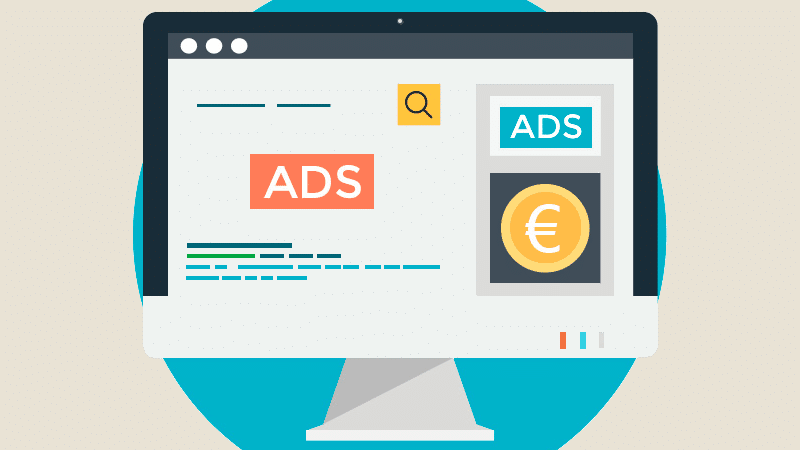When Google Ads Is Linked to Google Analytics: Maximizing Your Advertising Insights

Introduction
Integrating Google Ads with Google Analytics is a powerful move for businesses looking to maximize their digital marketing efforts. This integration allows you to gain deeper insights into how your paid campaigns are performing and how users interact with your website after clicking on your ads. In this article, we will explore when and why linking Google Ads to Google Analytics can provide a wealth of actionable data, helping you optimize your campaigns and drive better results.
What Is Google Analytics?
Before diving into the integration, it’s important to understand what Google Analytics is and how it can benefit your marketing strategy. Google Analytics is a free web analytics service that tracks and reports website traffic. It provides detailed information about user behavior, conversion rates, and other critical metrics to help you understand your website’s performance.
What Is Google Ads?
Google Ads (formerly Google AdWords) is an advertising platform that allows businesses to create online ads to reach their target audience via Google Search, YouTube, Google Display Network, and more. With Google Ads, businesses can run search ads, display ads, shopping ads, and video ads, among others, all with the objective of driving traffic, conversions, and sales.
Why Link Google Ads to Google Analytics?
Linking Google Ads to Google Analytics opens up a wealth of benefits that can transform how you measure and optimize your advertising efforts. By connecting the two platforms, you gain a more complete picture of how users interact with your website after clicking on an ad. Here are some key reasons why this integration is crucial:
1. Understand the Full Customer Journey
Google Ads provides valuable data on ad clicks, impressions, and click-through rates (CTR), but it doesn’t offer deep insights into what happens after a user lands on your website. Google Analytics, on the other hand, can track user behavior once they are on your site. When the two platforms are connected, you can see the entire journey, from the moment a user clicks on your ad to the actions they take on your website, such as making a purchase or signing up for a newsletter.
2. Measure Conversions More Effectively
By linking Google Ads and Google Analytics, you can track goals and conversions more accurately. For instance, if you’ve set up a conversion goal in Google Analytics (such as completing a purchase or filling out a contact form), you’ll be able to see which specific ads are driving those conversions. This helps you understand which campaigns, keywords, and ads are performing the best and generating a return on investment (ROI).
3. Enhanced Campaign Performance Insights
Analytics gives you access to advanced metrics, such as bounce rates, session durations, and user engagement, which are not available in Google Ads by default. By linking the two platforms, you can view these deeper insights alongside your ad data, making it easier to optimize your campaigns. You can identify where users drop off and adjust your ads or landing pages accordingly to improve performance.
4. Track Cross-Device Behavior
With Google Analytics, you can track cross-device behavior — seeing how users interact with your site on desktop, mobile, or tablet devices. This information is essential for understanding whether users are converting on mobile after seeing an ad on desktop, or vice versa. With cross-device tracking enabled, you’ll have a clearer view of how users engage with your ads across different platforms and devices.
How to Link Google Ads to Google Analytics
Linking Google Ads to Google Analytics is a straightforward process that can be completed in a few steps. Here’s how to do it:
Step 1: Sign In to Google Analytics
Log into your Google Analytics account and go to the Admin section.
Step 2: Click on 'Google Ads Linking'
In the Property column, find and click on Google Ads Linking under the Product Linking section.
Step 3: Select the Google Ads Account
Click on + New Link Group, and then select the Google Ads account you want to link to Google Analytics. Make sure you have admin access to both the Google Ads account and Google Analytics property.
Step 4: Choose the Views to Link
You’ll be prompted to choose which views within your Google Analytics account should be linked to your Google Ads account. Select the views that are most relevant to your reporting needs.
Step 5: Enable Auto-Tagging
Ensure that auto-tagging is enabled for your Google Ads account. Auto-tagging allows Google Ads to automatically add tracking parameters to your ad URLs, which helps Google Analytics track the incoming traffic from your ads.
Step 6: Click ‘Link Accounts’
Once you've made your selections, click on Link Accounts. Your Google Ads account will now be successfully linked to Google Analytics, and you'll begin seeing combined data from both platforms.
How to Use Google Ads Data in Google Analytics
Once the integration is complete, you'll have access to a range of new features and data in Google Analytics. Here are a few ways to use the linked data effectively:
1. Analyze Campaigns, Ad Groups, and Keywords
In Google Analytics, you’ll see a new section in the Acquisition tab called Google Ads. This is where you can view data on your campaigns, ad groups, and keywords. You can analyze which keywords are driving the most traffic, as well as metrics like bounce rate and average session duration.
2. Track Goals and Ecommerce Conversions
Set up goals or ecommerce tracking in Google Analytics to measure the success of your ads. You can track transactions, form submissions, and other important actions on your site to determine how well your ads are driving results.
3. Use the Multi-Channel Funnel
In Google Analytics, use the Multi-Channel Funnels report to see how Google Ads contributes to your conversions over time. This report shows the entire customer journey, from the first interaction with your ads to the final conversion. You can see how Google Ads interacts with other marketing channels like organic search, email, or direct traffic.
Conclusion
Integrating Google Ads with Google Analytics is an essential step for businesses looking to optimize their digital advertising strategy. By linking the two platforms, you gain deeper insights into your audience's behavior, measure the true impact of your ads, and make data-driven decisions that can improve your return on investment. With Google Ads and Google Analytics working together, you can unlock a wealth of opportunities to refine your campaigns and achieve better results.




